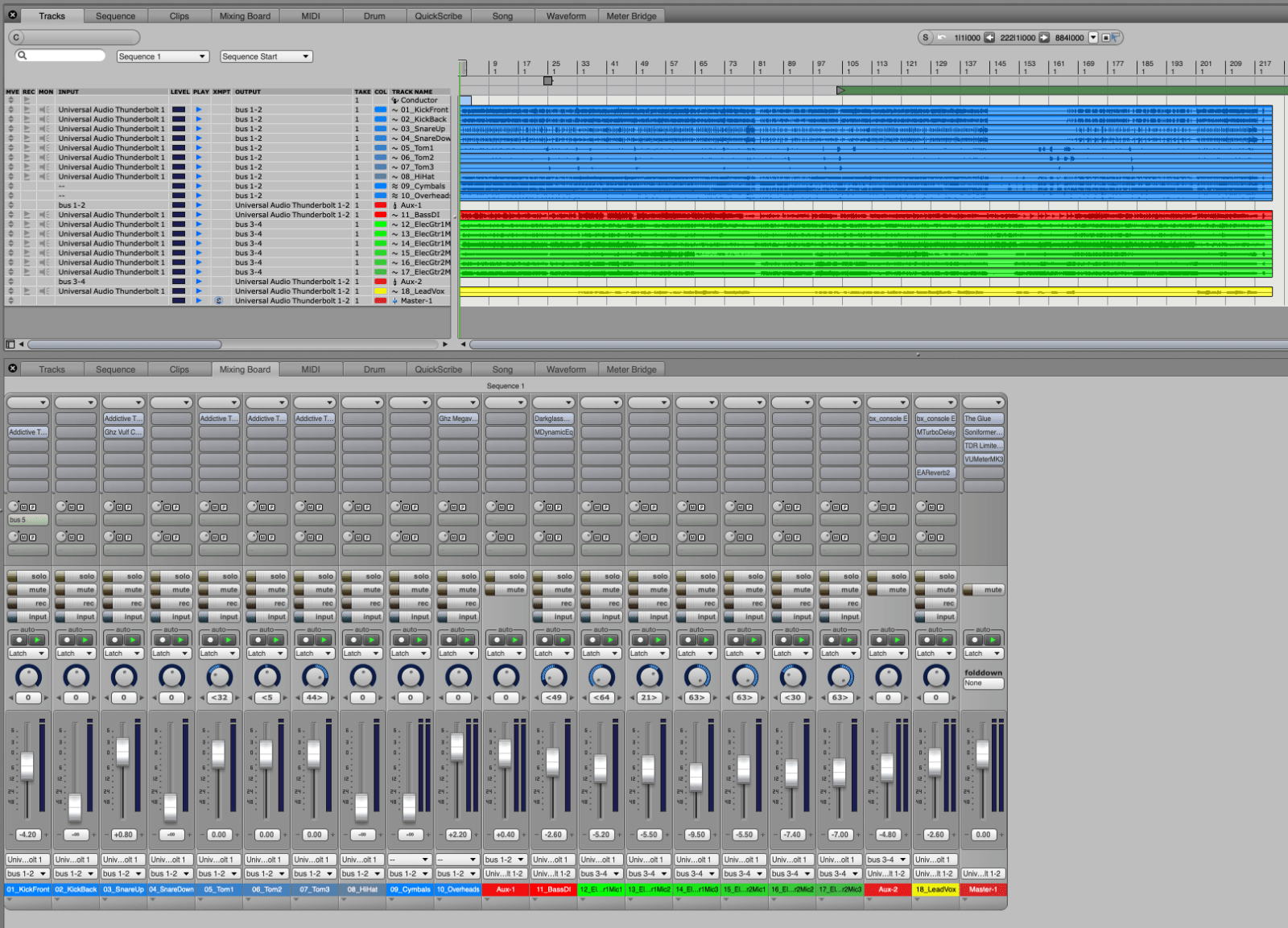
The analysis includes an examination of the paper or electronic record of the transaction, such as an invoice, a sales receipt or an electronic transfer. Common transactions include sales of products, delivery of services, buying supplies, paying salaries, buying advertising and recording interest payments. In accrual accounting, companies must record transactions in the same period they occur, whether or not cash changes hands. Revenue and expense transactions affect the corresponding income statement accounts, as well as balance sheet accounts. Today many of the steps occur simultaneously when using accounting software.
About O’Reilly
An organization begins its accounting cycle with the recording of transactions using journal entries. The entries are based on the receipt of an invoice, recognition of a sale, or completion of other economic events. For example, in the previous transaction, Supreme Cleaners had the invoice for $200. He needs to do this process for every transaction occurring during the period.

What Is the Difference Between the Accounting Process and the Accounting Cycle?
To be a successful forensic accountant, one must be detailed, organized, and naturally inquisitive. This position will need to retrace the steps a suspect may have taken to cover up fraudulent financial activities. Understanding how a company operates can help identify fraudulent activities that veer from the company’s position. Some of the best forensic accountants have put away major criminals such as Al Capone, Bernie Madoff, Ken Lay, and Ivan Boesky.
Step 7: Financial Statements
A period is one operating cycle of a business, which could be a month, quarter, or year. A forensic accountant investigates financial crimes, such as tax evasion, insider the usual sequence of steps in the recording process is to trading, and embezzlement, among other things. Forensic accountants review financial records looking for clues to bring about charges against potential criminals.
The eight-step accounting cycle starts with recording every company transaction individually and ends with a comprehensive report of the company’s activities for the designated cycle timeframe. Many companies use accounting software or other technology to automate the accounting cycle. This allows accountants to program cycle dates and receive automated reports. Instead, they have developed a system by which the effects of transactions and events may conveniently be recorded, sorted, summarized, and stored until financial statements are desired.
Download the O’Reilly App
Based on the transactions recorded as part of the accounting cycle, financial statements such as cash flow reports, profit and loss statements, and balance sheets can be prepared. Once all the business accounts have been balanced, they are closed out for that period and new ones created for the next accounting period. The third and final step in the recording process is to post the journal entries to the general ledger, which contains summary records of all accounts. Accounting is the recording, analysis and reporting of events that are materially significant to a company. Accounts contain records of changes to assets, liabilities, shareholders’ equity, revenues and expenses.
Debits increase the asset and expense accounts, and they decrease the liability, equity and revenue accounts. Credits increase the liability, equity and revenue accounts, and they decrease the asset and expense accounts. Debits and credits are on the left and right sides, respectively, of a T-account, which is the most basic form of representing an account. Depending on each company’s system, more or less technical automation may be utilized. Typically, bookkeeping will involve some technical support, but a bookkeeper may be required to intervene in the accounting cycle at various points. Returning to Supreme Cleaners, Mark identified the accounts needed to represent the $200 sale and recorded them in his journal.
- The accounting cycle is the series of steps required to complete the accounting process.
- Although most accounting is done electronically, it is still important to ensure that everything is correct since errors can compound over time.
- Subsequent accounting processes include preparing a trial balance and compiling financial statements.
- Recording is a basic phase of accounting that is also known as bookkeeping.
- If they don’t, something happened in the posting process; but if they do, you will be ready to move on to adjusting journal entries, which we will explore in the next module.
- The eight-step accounting cycle is important to know for all types of bookkeepers.
After this, the next step will help us to analyze the financial events that happened in the company throughout the accounting cycle. If you find any errors in the adjusted trial balance, correct them immediately. Finally, a company prepares the post-closing trial balance to ensure debits and credits match. Analyzing a worksheet and identifying adjusting entries make up the fifth step in the cycle.
The eight-step accounting cycle is important to know for all types of bookkeepers. It breaks down the entire process of a bookkeeper’s responsibilities into eight basic steps. Many of these steps can be automated through accounting software and other technology, including artificial intelligence.
